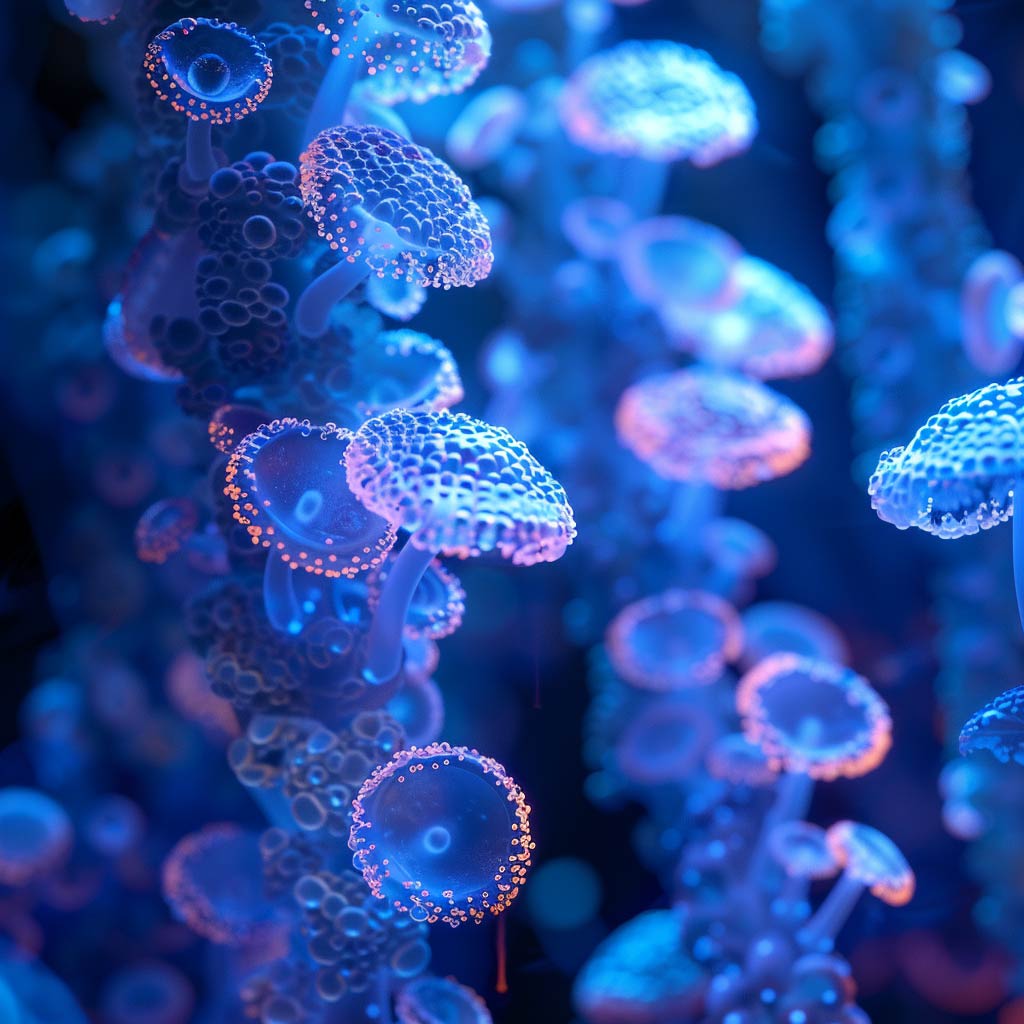If you find yourself wrestling with insomnia, jet lag, or other sleep disturbances, recent breakthroughs in the science of circadian rhythms and blue light may hold the key to enhancing your sleep quality.
Exploring Circadian Rhythms:
Circadian rhythms, our internal biological clocks, orchestrate our sleep-wake cycles and regulate essential physiological functions. Picture them as a finely-tuned orchestra, where genes, proteins, and light sensors harmonize to create the rhythm of our sleep cycle.
In a groundbreaking study published in Nature, researchers delved into the circadian rhythm photosensor and its influence on fruit flies. These creatures, with circadian rhythms akin to our own, provided invaluable insights into the role of blue light in regulating our biological clocks.
Blue Light's Impact on Circadian Rhythms:
At the heart of this research lies the intricate interplay between blue light, cryptochromes (light sensors), and proteins like "Timeless" (TIM). "Timeless" (TIM) is a crucial protein involved in regulating the body's internal clock, or circadian rhythm. Think of it as a conductor in the symphony of our sleep-wake cycle. When activated by blue light, cryptochromes interact with TIM and other proteins like "Period" (PER), orchestrating the timely activation and deactivation of circadian genes.
Blue light exposure, prevalent in sunlight and artificial sources, alters the structure and function of TIM, disrupting the natural rhythm of our biological clocks. This disturbance can lead to difficulties in falling asleep and maintaining a healthy sleep pattern.
This revision provides a clearer explanation of what TIM is and its role in regulating circadian rhythms. Let me know if you need further adjustments!
Unraveling the Mysteries of TIM:
Understanding the intricate workings of TIM posed a significant challenge for researchers. Innovative techniques, including high-resolution imaging, shed light on the complex interactions between cryptochromes and TIM. Surprisingly, the study also unveiled unexpected connections between cryptochromes and DNA repair enzymes, hinting at broader implications for human health beyond sleep regulation.
Implications for Human Health:
The study's findings offer valuable insights into how our bodies respond to environmental cues like light and underscore the critical role of circadian rhythms in maintaining overall health. By aligning our exposure to blue light with natural daylight patterns, we can optimize our circadian rhythms and promote restful sleep.
Practical Steps for Better Sleep:
Implementing simple strategies to minimize blue light exposure can have a profound impact on sleep quality. Consider incorporating the following into your daily routine:
1. Blue Light Glasses: Invest in blue light-blocking glasses to reduce exposure to disruptive blue light from screens and artificial sources, particularly in the evening hours.
2. Blue-Free Lighting: Opt for lighting solutions designed to emit minimal blue light, creating a soothing ambiance conducive to relaxation and sleep.
3. Red Light Therapy: Explore the benefits of red light therapy, known to positively influence circadian rhythms and enhance sleep quality.
Conclusion:
As our understanding of circadian rhythms and blue light deepens, so too does our ability to optimize sleep and overall well-being. By harnessing the insights gleaned from cutting-edge research, we can empower ourselves to cultivate healthier sleep habits and embrace the transformative benefits of restorative rest.
Incorporate these strategies into your daily routine to synchronize your circadian rhythms with the natural cycles of light and darkness, paving the way for rejuvenating sleep and a vibrant, energized life.






Leave a comment
This site is protected by hCaptcha and the hCaptcha Privacy Policy and Terms of Service apply.